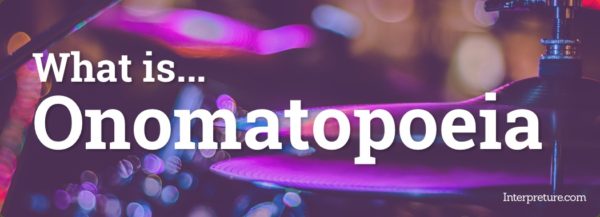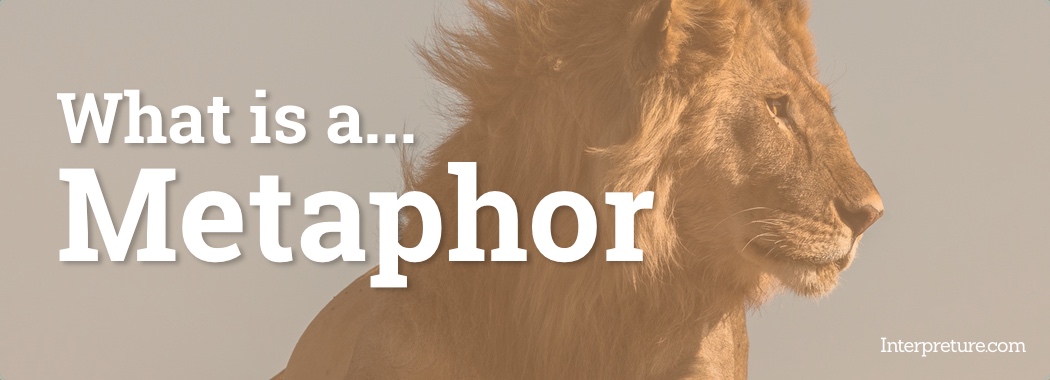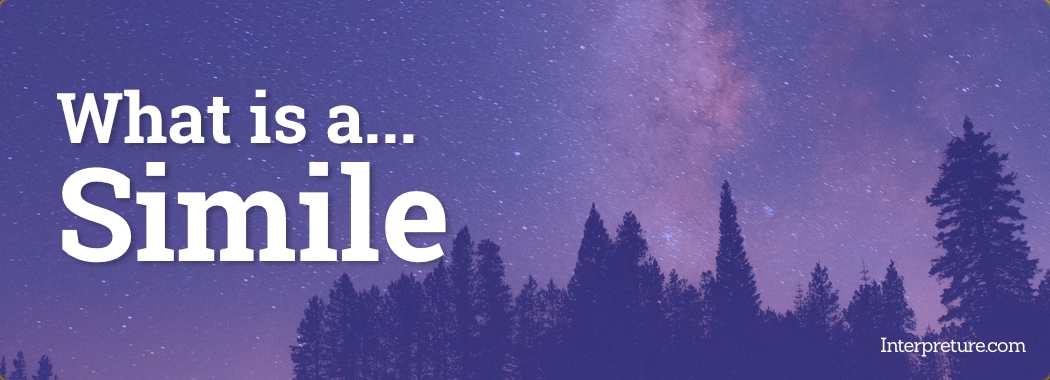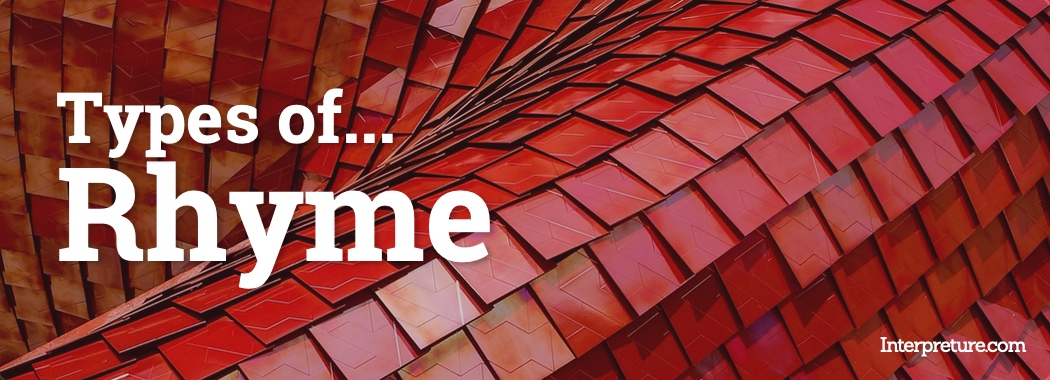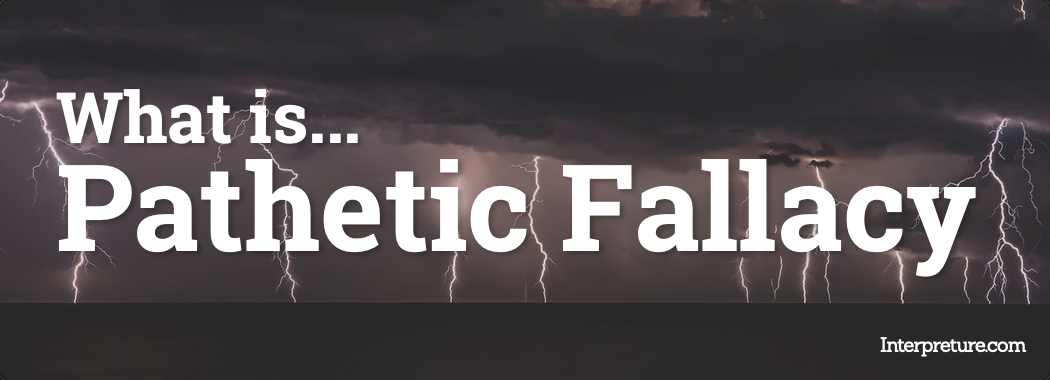Onomatopoeia is where a word’s pronunciation is used to imitate sounds, specifically the sound that it describes (e.g. “bang”).
This technique can sometimes be confused with interjections. An interjection, as the name suggests, is when speech is inserted as a a sudden outburst of emotion or excitement, such as “ouch” or “wow.”
Why use Onomatopoeia?
- Adding depth and context: Onomatopoeia is a powerful poetry device because it can add depth, excitement, action and interest by allowing the reader to hear and remember the word.
- Creating tone and atmosphere: In imitating real-life sounds, onomatopoeia helps add a sense of reality to poetry, plus it helps to provide context and add detail to words and phrases. This helps the reader to follow the narrator and empathise more easily with the poet’s message.
- Humour and memorability: Using this technique can also be an effective way to introduce humour or a lighter tone, encouraging a reader to smile or laugh as a result of a cleverly positioned word or phrase. This in turn helps make the poem memorable, particularly for important phrases, with multiple senses involved.
Examples
Daljit Nagra uses onomatopoeia in ‘Look We Have Coming to Dover!’ (Poems of the Decade) so as to evoke humour and create empathy.
The poem uses a humorous and lighthearted tone to consider ‘Britishness’ and the contentious issue of immigration, often using light-hearted phrases to contrast with the more serious issues being raised. “Babbling” could be seen as an example of onomatopoeia, with Nagra playing with these words and phrases to continue the idea of foreign languages mixing with English. The line in turn helps to create empathy because it becomes a more everyday and real concept for the reader.
“babbling our lingoes”
This technique is also used by John Keats in ‘Ode to a Nightingale’ (English Romantic Verse) to add depth to a line.
The poem is depressing in tone, with Keats focused on the wonders of nature and a nightingale’s song. The narrator gets transported to the forest in which the nightingale resides, only to be transported back to reality. The use of onomatopoeia helping to emphasise this line (Keats even draws attention to it) and the way that the narrator has been abruptly brought back to a darker yet real world.
“Forlorn! The very word is like a bell // To toll me back from thee”
Some further examples of onomatopoeic words include:
Buzz // Hiss // Crash // Grunted // Zing // Tick-Tock
